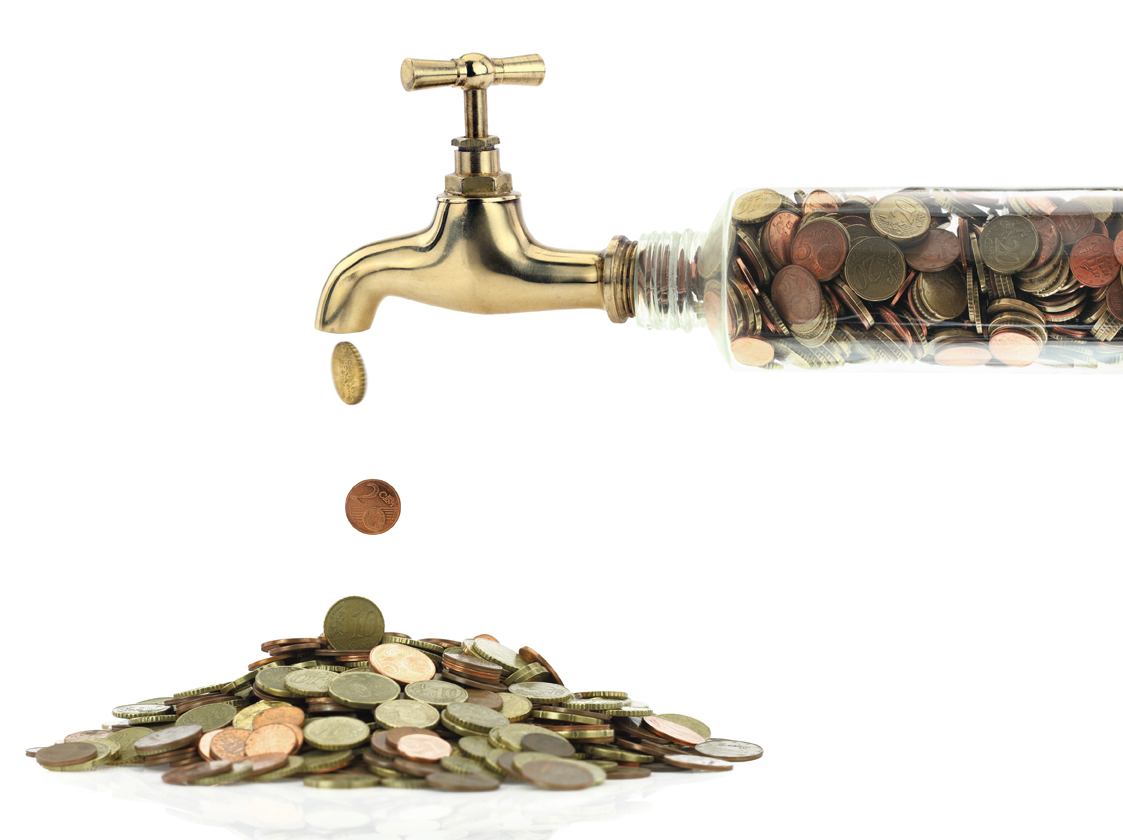News
Three benefits of staggering your 25% tax-free pension lump sum

People aged 55+ can withdraw a 25% tax-free lump sum from their pension. But instead of taking this amount in one go, you can make serial withdrawals which can have major tax benefits.
The pension freedoms came into effect in April 2015, allowing individuals over the age of 55 the option to withdraw any amount from their personal, stakeholder and some workplace pensions.
The first 25% lump sum withdrawal is tax-free while the remainder will be subject to income tax at the individual’s highest marginal rate.
At the time, the concerns were that those approaching retirement would spend their money on Lamborghinis, but instead, retires have used the new freedoms sensibly.
Data from Citizens Advice revealed that three in 10 people aged 55+ were simply withdrawing their money and placing their retirement savings into a bank account.
Martin Tilley, director of technical service at Dentons Pension Management, says taking money out of an invested pension pot into cash earning little interest shows the level of distrust by consumers.
He says: “Many individuals mistakenly think that once they get to an age (usually 55) where they can draw from their pension funds, that they should do this, and that they should withdraw it as quickly as possible. Given that the options on drawing income and benefits on death have never been so good, I expect then that some people may take this to mean the flexibility now available might be withdrawn and thus they should get their hands on their pension money while they can.
“However, the current options do allow for significant planning of both income and death benefits.”
Three reasons to stagger your 25% tax-free pension lump sum
Based on a pension pot of £100,000 – the Pension Commencement Lump Sum to give it its formal name – £25,000 could be taken.
However, Tilley says the first question you should ask is whether you actually need to take the full 25% tax-free lump sum. As an example, the £25,000 could be needed to clear a mortgage, pay for a new kitchen or a new car.
“But you don’t need to take the full amount. Don’t imagine it’s a single pension pot – think of it as several pots that you can draw on one pot at a time,” he says. This has some notable advantages:
1) Inheritance tax
Having taken, say, £10,000 as a tax-free withdrawal, the remainder stays in the pension plan, which is not only an income and capital gains tax-free environment but it also sits outside of your estate for inheritance tax (IHT) purposes.
Tilley explains that if someone dies having taken advantage of the full 25% of their £100,000 pension pot and the amount just sits in their bank account, it could be subject to income tax or capital gains tax depending on how it is held.
It would also form part of the estate on death, so the amount would be subject to IHT at 40% on anything above the threshold, depending on who it was left to.
“If they had only drawn the £10,000 needed, the extra £15,000 remains in the pension tax exempt environment,” Tilley says.
2) Continuous 25% withdrawals of the undrawn pot
Money invested in a pension can grow in a tax-free environment, allowing savers to build up their pension pots over time.
Working on the £100,000 pension pot and the £10,000 tax-free withdrawal example, the £30,000 remains invested while the remaining £60,000 is left untouched. This means both amounts will continue to be invested and grow tax-free.
“Let us assume that the undrawn pot grows to £80,000. The customer is always allowed to take 25% of the undrawn pot, so in this case it would be £20,000 (in addition to the £10,000 they had before). So you never lose the option to draw it, and in the meantime, it will still be in a tax exempt environment,” Tilley adds.
3) Provide a tax-free income
For those looking to retire early, say at the age of 60, before they’re eligible to receive state benefits, and there is no other income, the tax-free pension lump sums can released progressively for income over the next few years.
If you draw on £40,000 and receive £10,000 tax free cash, there’s a remaining £30,000. Given the 2017/18 personal allowance stands at £11,500, this means you could withdraw up to £11,500 and no tax would be deducted.
The following year you could again draw £11,500 (or any amount below the personal allowance) as income, which would mean no tax is payable. In year three, you can do the same until the drawn section is used up.
Tilley concludes: “By using a combination of tax-free cash and income payments, a strategy can be planned to maximise the withdrawals annually.
“All the while the pension saver has some undrawn funds available, there is no restriction on the number of times they can do this, although consideration should be given to drawing fully by age 75, after which the tax treatment of undrawn funds on death could be an issue.”
See YourMoney.com’s Everything you wanted to know about pension death benefits for more information.
However, there’s a word of warning from Tilley: “You should check if there are additional costs for each drawing, but in theory you could draw a combination of tax-free cash and income on a monthly basis.”
Are you tired of being overcharged for gas and electricity? Find out how much you could save by switching in just two minutes with BillBuddy, the revolutionary auto-switching company. Enter your details once and get cheaper energy, forever.